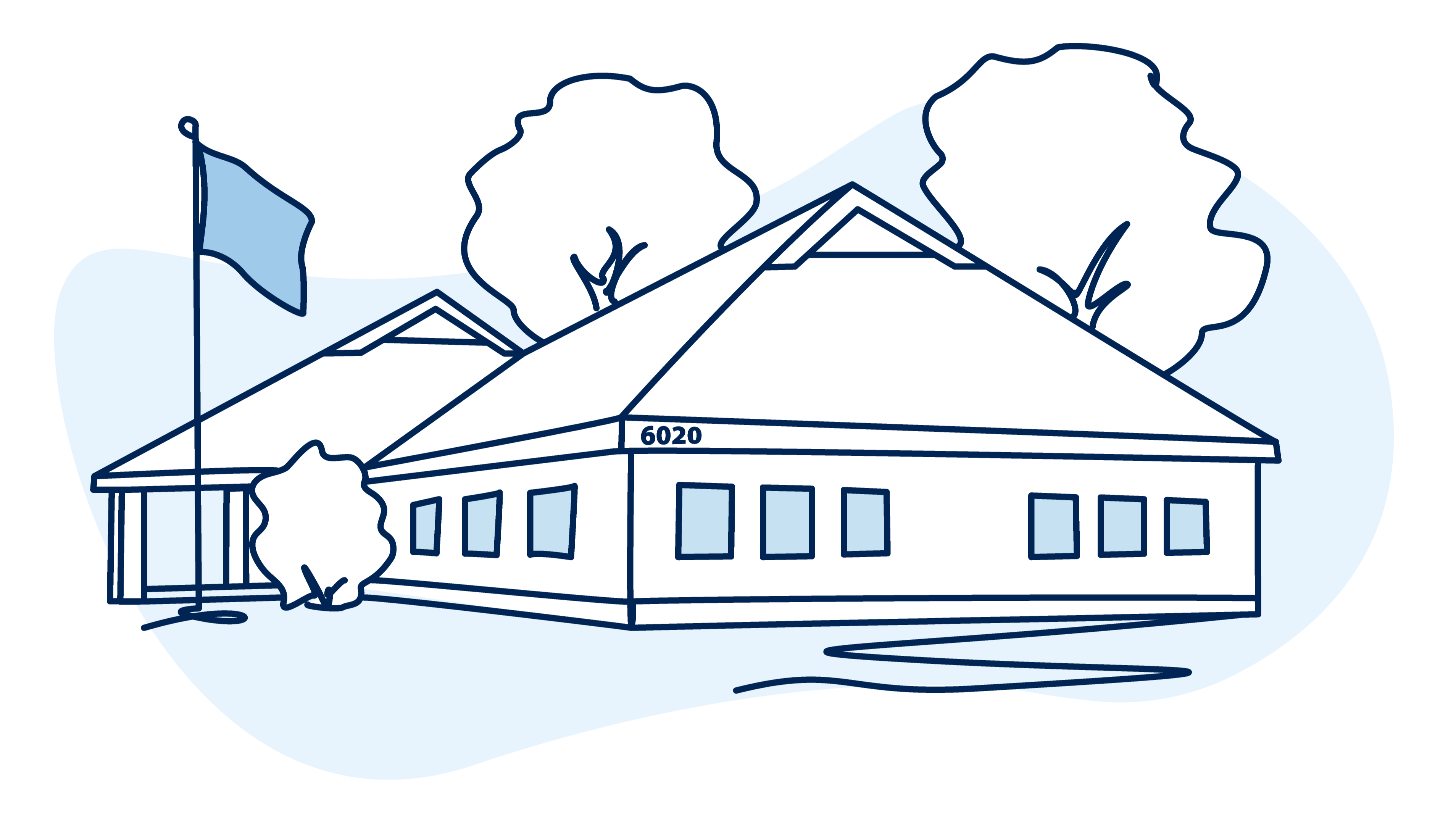Why Top Advisors Use Client Surge Meetings
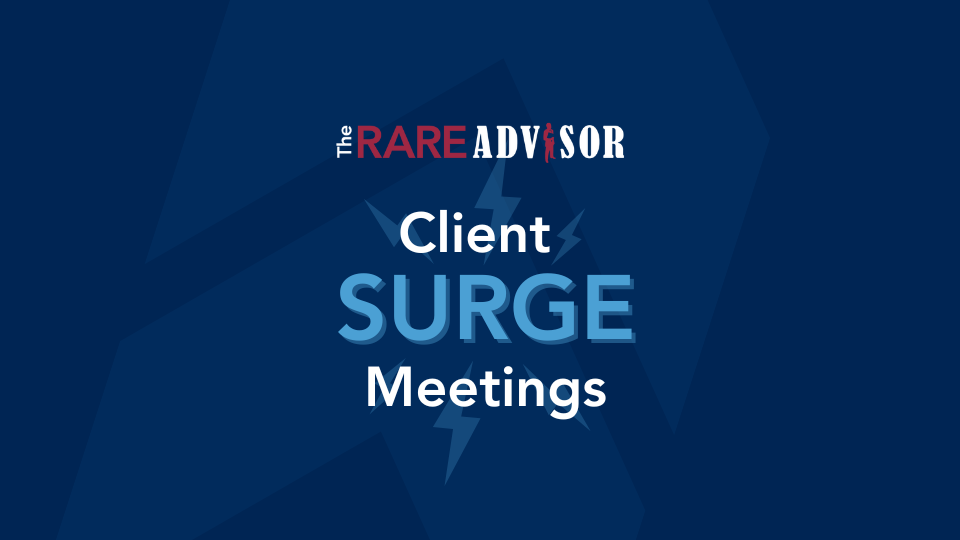
Tired of the scheduling chaos? Imagine a world with less burnout, more client focus, and actual time for growth. Intrigued? In this episode of The RARE Advisor, we’ll break down how client surge meetings can maximize efficiency and reclaim your calendar. Discover the unexpected benefits and practical tips that could transform your client relationships and your work-life balance.
Welcome back to The RARE Advisor. I'm your host, Aaron Grady, and today we're talking about surge meetings. Now, the idea around surge meetings is not a new concept. This has been around for several years and there's pros and cons of this, but it's been very topical with many of the advisor teams I've been working with as of late - and it's all about creating efficiency in your schedule. Traditional scheduling creates unpredictability across the year, leading to constant interruptions in efficiencies, and sometimes difficulty focusing on the things that are important like business growth. So, surge meetings creates opportunity for intentional time management. This allows you to group your clients together in segments, but also in time periods throughout the year, typically in a couple of months. We'll talk about some ideas and best practices, but this allows you to deliver the content and information you want to your clients in specific timeframes, which allows a lot more freedom in your calendar and your schedule. This allows you more control over your schedule, creates higher energy, creates more capacity for new business growth. What I'd like to do today is dig into the four core benefits of surge meetings, and we'll run into a couple of best practices while we're at it. So let's jump right in.
The very first core benefit we want to talk about today is the idea around efficiency and time management. Now, switching to a schedule where you're implementing surge meetings (where you're blocking these together), it's less context switching so you're not coming back and forth. The idea I always like to talk about with clients and advisors is by doing this, you allow yourself to have the same conversation again and again. If I'm batching these appointments together (and that's the idea of surge) we're getting our clients together in a defined period of time. Surge meetings, if we're talking about best practices, they're typically two to three surge blocks per year - spring and fall, maybe optional summer - depending on your segmentation. And we block those together to allow us to keep those conversations the same. You know what? The market's in the same place. The only thing that's really changing is the person that's sitting across the table, but we're not having to pivot a lot because the market's not moving, hopefully, a lot in those two-week timeframes. So this allows for more productivity. This allows more predictability in your schedule, more team efficiency, allows more focus, and better client conversation.
So again, best practices around efficiency and time management, two to three surge periods per year. Time block four to six weeks per surge with buffer days. Now, some people do buffer days. I like the idea of a buffer week. This was a great idea by one of the advisors I work with: create one week of surge, one week of buffer days. Now the question is always how many meetings per day? That's really a calculation of how many people am I actually doing this with. Now understand this typically is focused on your top two tiers of clients - your double A and your triple A clients - to be more efficient with making sure that we are creating predictability in the time that we're spending with them. Based on the number of double A's and triple A's, you'll figure out how many weeks you need to allocate for this. And also work on automating the schedule. One of the key things for making this actually sing and work is when you schedule your strategy and tactical meeting, it's to schedule the next one at the end of the current one. If you're blocking your calendar so that you have these timeframes available, this makes this a lot easier. This way you don't have your calendar dotted throughout the course of the year with all these one-off meetings. So have these blocks where you can actually pre-schedule meetings. So if we're done with the spring, we can go ahead and schedule the fall.
What this also does is allow you to focus on the next core benefit, which is the enhanced client experience. This allows you to create value by being proactive. One of the things we've actually found from talking to advisors are a lot of times, the extra interactions with clients throughout the course of the year really comes from the one-off phone call or the walk-in. Well, think about it this way. If you were to go see your doctor and you knew you had a doctor's appointment in two to three weeks, if it's not life-threatening, you'll probably just write that question down and ask when you show up. And what happens is you cut out a lot of those non-life-threatening questions from your clients and they just save it for when they're going to meet with you. This creates more predictability. They can plan their lives around it, plan their own calendars and create a little more structure. This allows focus-efficient conversations with higher impact and no one slips through the cracks. There's none of this chasing people around trying to get them on the calendar. This is, hey look, we've been proactive, we've got you on the calendar. So plan your life around it. If you need to reschedule, please give us a call. Now, some best practices around enhanced client experience. Make sure that you have a standard meeting agenda. Clearly communicate to your client the expectations of what they need to bring and how to bring it. And then again, automate the scheduling confirmations and follow up.
Let's talk about the third core benefit, which is scalability and growth. Now, this allows you to handle and deal with more clients without adding more hours. So we're not spreading this out over a long period of time. We're allowing to delegate better. What I love about this one is the idea of being able to batch the pre-work. If we have a standard agenda and we know what we're gonna talk about and it's at this time in the marketplace, we can do a lot of client prep all at one time. We can get a lot of the core elements together without having to expend a lot of team energy. This is going to allow for a lot of space for marketing, referrals, and continuing to implement your growth strategies further in the year. So if we knock out in a four to six week timeframe early in the year, let's say, February and March, get them in before tax time. This is going to leave that whole summer segment for marketing, new client acquisition, client education, or more client engagement. If you want to do more client events, if you want to build more of an advocacy-driven practice, this affords you that time to be able to do that.
And this allows you to create a better work-life balance, which is the fourth - and sometimes the most important - core benefit of doing these surge meetings. You get more control over your time. There's less burnout, more energy, and you're able to focus and get the joy back in your job. And then have true off-surge seasons for growth and personal life. So this allows you to truly sit down and plan the entire calendar out. When you sit down to do your annual strategic planning, you can say, hey, we're going to do these here, these here, and this affords us these months to focus on marketing, time off, vacations, time recharging the batteries. Make sure you schedule recovery time post-surge so that you can bounce back and that your team can kind of catch their breath. Make sure you enforce meeting boundaries. The idea there is don't be taking a lot of one-off meetings during that surge period. That's why we create that buffer week in between. And then also make sure you use non-surge months for professional development as well. This isn't just about living a better well-balanced, well-being life. It's also about taking time to develop professionally.
So key takeaways - surge meetings allow for a better client experience, greater efficiency, and also getting control of that schedule to allow for growth and to focus on your strategies. What I would encourage you to do is take some time and do a mini-surge: keep it small, maybe do it in the fall, maybe do it with a small batch of clients to test it out. What you'll find is, more often than not, this actually creates a little peace of mind for your clients because there's no guesswork when I'm going to talk to you next. I know when it's going to be. So if you like more information on this topic, please reach out.
--
The RARE Advisor is a business model supercharged by Recurring And Repeatable Events. With decades of experience coaching successful advisors, your host, along with other leaders in the industry, discusses what it takes to grow a successful practice. With the aim of helping financial professionals and financial advisors take their business to the next level, this podcast shares insights and success stories that will make a real impact. Regardless of the stage of your practice, The RARE Advisor will provide thoughtful guidance, suggestions for developing systems and processes that work, and ideas for creating an authentic experience for your clients.
The RARE Advisor is also a podcast! Subscribe today via Apple Podcasts, Google Podcasts, or your preferred podcast listening service for easier on-the-go listening.
Author Info
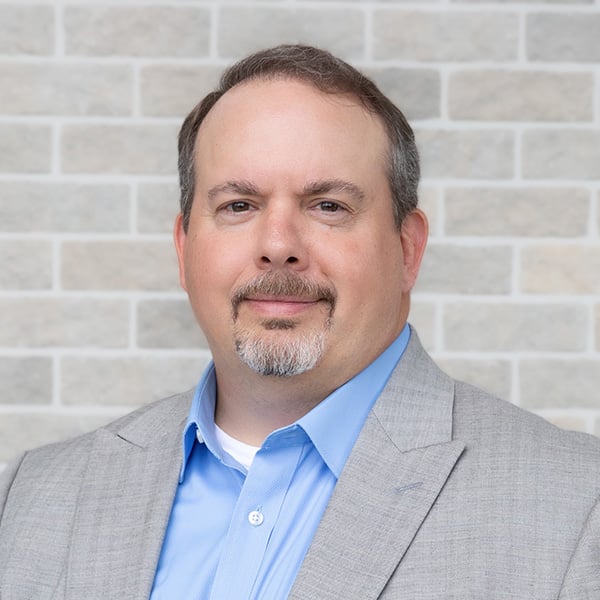
Aaron Grady is the Advisor Consulting Director with USA Financial. He brings more than 18 years of Financial Services industry experience...
Related Posts
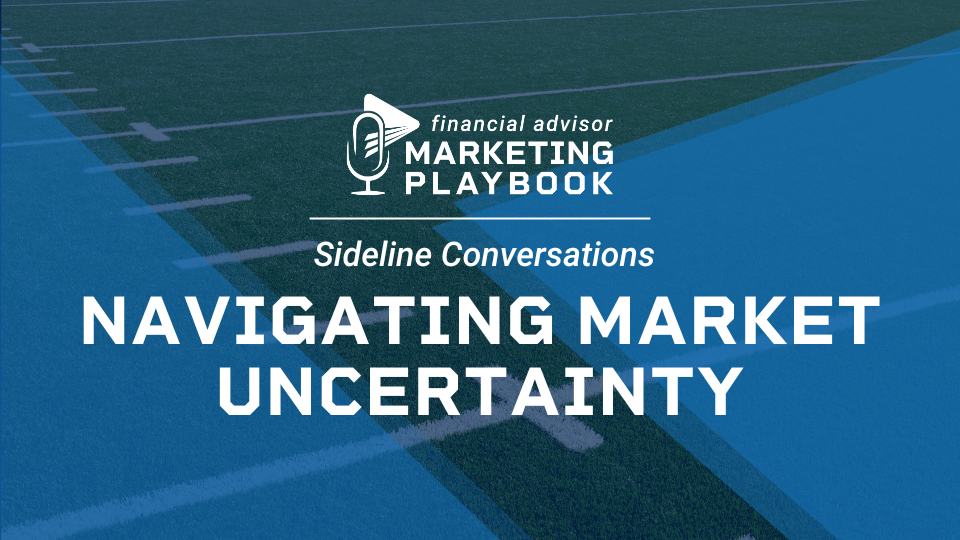
Market Volatility Conversations: What Your Clients Need to Hear
In this episode of Financial Advisor Marketing Playbook, I’m joined by Senior Advisory Business Consultant Kevin Roskam to discuss navigating market volatility with clients. With markets experiencing recent fluctuations, we’ll dive into understanding investor sentiment, differentiating between working and retired clients, and addressing common advisor mistakes.

Why Good Hires Fail: Common Mistakes in Hiring a Junior Advisor
For you, bringing on a junior—or “NextGen” advisor—may be a strategic move, not only for capacity-building but also as a key step in building enterprise value, elevating the client experience, and advancing succession planning. Yet despite careful hiring, promising talent, and good intentions, many of these partnerships flounder. The hire doesn't “stick.” The vision for a seamless transition begins to unravel.
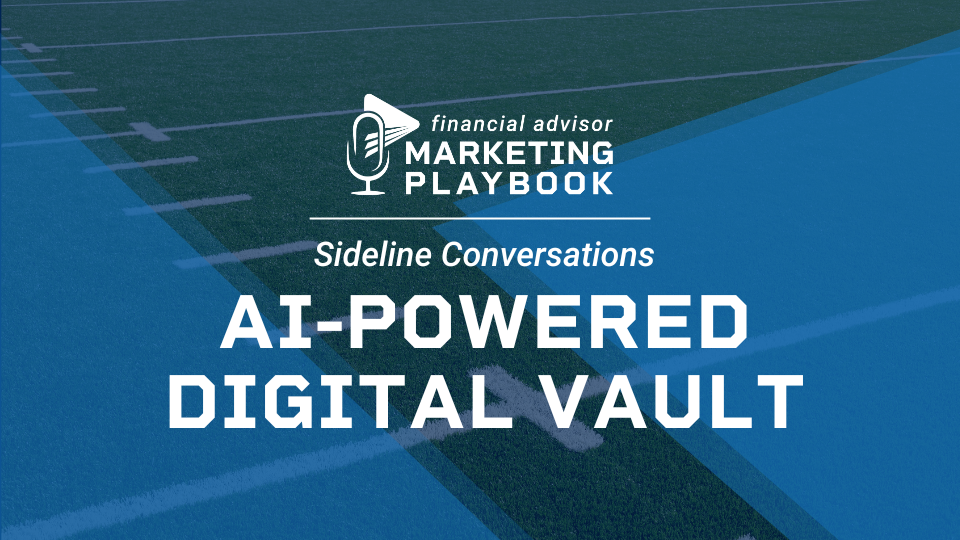
How AI is Transforming Advisor-Client Relationships & Document Security
Discover the concept of "Advisor 3.0," the importance of offering comprehensive services beyond investments, and how tools like Future Vault can strengthen client relationships, facilitate wealth transfer to the next generation, and ultimately enhance the value advisors provide.

Market Volatility Conversations: What Your Clients Need to Hear
In this episode of Financial Advisor Marketing Playbook, I’m joined by Senior Advisory Business Consultant Kevin Roskam to discuss navigating market volatility with clients. With markets experiencing recent fluctuations, we’ll dive into understanding investor sentiment, differentiating between working and retired clients, and addressing common advisor mistakes.

Why Good Hires Fail: Common Mistakes in Hiring a Junior Advisor
For you, bringing on a junior—or “NextGen” advisor—may be a strategic move, not only for capacity-building but also as a key step in building enterprise value, elevating the client experience, and advancing succession planning. Yet despite careful hiring, promising talent, and good intentions, many of these partnerships flounder. The hire doesn't “stick.” The vision for a seamless transition begins to unravel.

How AI is Transforming Advisor-Client Relationships & Document Security
Discover the concept of "Advisor 3.0," the importance of offering comprehensive services beyond investments, and how tools like Future Vault can strengthen client relationships, facilitate wealth transfer to the next generation, and ultimately enhance the value advisors provide.

